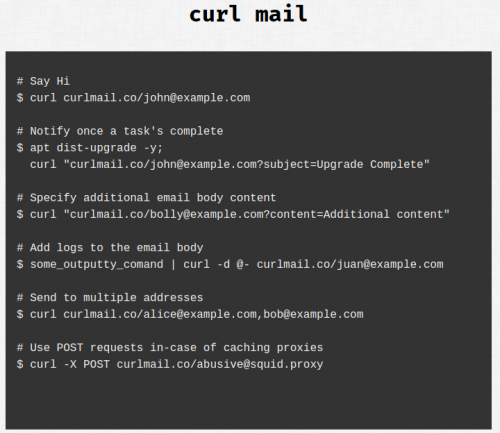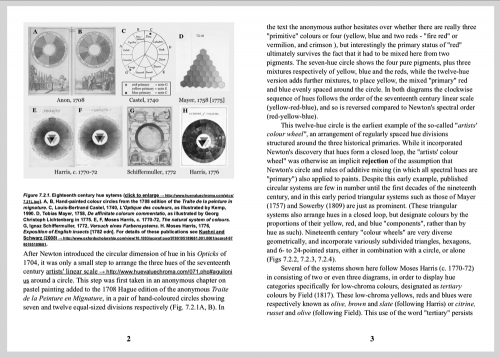Hacker News points to this Linux kernel patch, done by a 4-year old. With some assistance, of course, but still impressive. And while the story is cute, the comments are even better. In particular, a link to this email from Linus Torvalds, talking about the importance of the small and trivial contributions.
To me, the biggest thing with small patches is not necessarily the patch itself. I think that much more important than the patch is the fact that people get used to the notion that they can change the kernel – not just on an intellectual level (“I understand that the GPL means that I have the right to change my kernel”), but on a more practical level (“Hey, I did that small change”).

